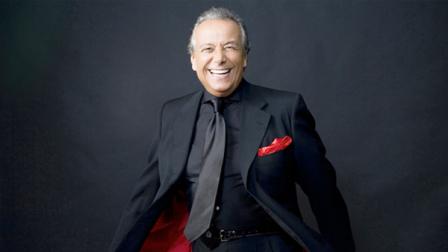
Jessica Bondar, 19, suffered a massive stroke Thursday morning in the hospital and has been experiencing seizures ever since, according to her mother, Charlotte Roy.
Nurses found Jessica on the floor in her bathroom around 9:15 a.m. and when they helped her up, they noticed her speech was "garbled." Within 15 minutes, she had lost the ability to speak altogether. A day-and-a-half later, she still can't speak.
Roy was called in for consultation with the medical team Thursday morning to discuss various options, depending on which way the swelling goes.
"We're having the kinds of conversations you never want to have, whether they should do anything or just let nature take its course. We said we want them to give her every chance that they can," Roy said. "All we can do is pray and wait. That's the hardest part."
Jessica has been moved into the intensive-care unit with a nurse by her bedside and an operating room on standby.
Roy said Jessica is on medication to shrink her brain so there's room in her skull for swelling. If that doesn't work, they'll consider cutting out a piece of her skull at the back of her head and replace it once the swelling goes down.
Roy said Jessica has had three CT scans so doctors can watch the progression of the stroke, but they won't know if the worst is behind her until late Friday night or early this morning.
Bondar, 19, has battled health issues since April 2009, when she went on life support after suffering heart failure as a complication of the influenza A virus. Since moving to Montreal later that year, she has been in and out of hospital battling a long list of setbacks, including pneumonia, a broken heart pump, blood transfusions and a bleeding kidney.
As if that wasn't enough, two weeks ago, Winnipeg police arrested Jessica's aunt for allegedly stealing thousands of dollars from a trust fund set up to pay her medical bills.
"How much can one person take? We have to hope she is tough and that she'll make it through this," Roy said. more read.....





 Play Video
Play Video 


 Comments
Comments





